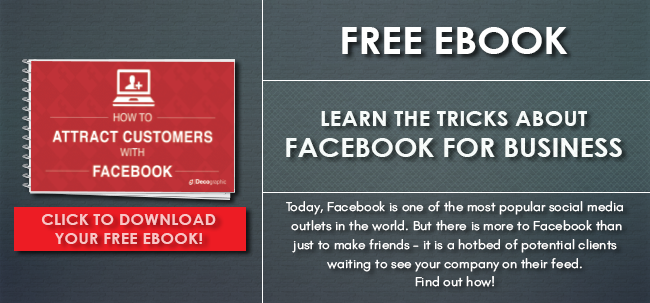.png?width=1470&name=Copy%20of%20SCS%20-%20Blog%20Template%20(51).png)
With how digital marketing has evolved these past few years, the old trend of simply just updating blog post is a thing of the past now. The fact is that people are not interested in just simple ambiguous content. It has become near impossible to gain stable inbound marketing flow due to this. As time passed, more and more users became content creators and diluted the quality of content itself. No one can deny that the novelty has already worn off and people are becoming numb to a lot of content thanks to being exposed to thousands of mediocre forms of it.
The challenge now is how your content can survive in this era of digital marketing. The harsh truth is that you can’t just quit because content marketing is fluid, and doing that would mean a bigger loss than you expect. We all know that inbound marketing growth depends on how strong your content marketing strategy is and it is how valuable content is strategically distributed. It was and still is a powerful tool but we also need to understand the changes that it has gone through time and how to overcome them.
Historical Optimization
We know that day-in and day-out, we try to create content that can create a lot of buzz and web traffic. But we can't produce content forever. This is historical optimization steps in, which is the practice of recycling older content to increase at last the flow of lead generation and web traffic. This can be content with low traffic but high conversion, high traffic with low conversion, or even content that never actually performed well at first but seems to be highly relevant to the time now. It is up to you how you can actually “recycle” that older content to make it look fresh yet accurate and comprehensive. The aim here is to boost inbound marketing traffic by at the least producing consistently good content.
Circulation and Recurrence
Content Marketing is the strategic distribution of content to create leads and increase inbound marketing potential. It’s not a new tactic but a re-planning or readjustment of an old one. We have to consider that your distribution strategy back then may not be as effective as you thought it was or it may have turned outdated thanks to the rapidly evolving digital market. You should take some time to re-evaluate all those techniques and maybe even your algorithms to adapt to the new digital environment. You should dedicate a bit more effort into how you can effectively resurface existing content that can potentially reach your audience and with less overall effort. You should know how to determine if a part of your existing content is still relevant and how to best redistribute it.
Evergreen Content
When we see something like jewelry or even art, they feel so relevant even after all the time it has gone through. The concept of breaking beyond the bound of time or being ageless is such a huge factor that everyone should consider. We know how much we all want to keep up with the latest trends but with our fast-paced digital marketing now, we could possibly burn out before we can even reach that notion. We actually can’t chase something that will always be ahead of us. We can try to catch it but doing it constantly will tire us out eventually. This is where the concept of Evergreen comes into play or the idea of content that doesn’t lose value over time and has no expiration date to attach to. No one can deny the output of short-lived relevant content but these don’t often actually help your inbound marketing in the long run. Evergreen though has been studied and has been proven to create the biggest organic web traffic for the least effort you have. You should know how to crate timeless content that correlates to what your brand is. The challenge here is that you should always continue the upkeep of that content so that it can keep defying time itself.




.png?width=352&name=SCS%20-%20Blog%20Template%20(4).png)
